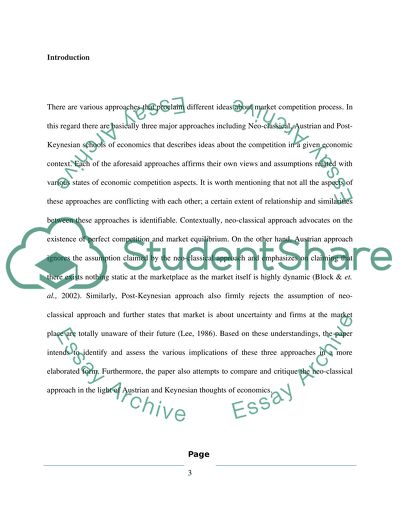Cite this document
(“Assess the significance of Austrian and Post-Keynesian criticisms of Essay - 1”, n.d.)
Assess the significance of Austrian and Post-Keynesian criticisms of Essay - 1. Retrieved from https://studentshare.org/macro-microeconomics/1612096-assess-the-significance-of-austrian-and-post-keynesian-criticisms-of-the-standard-neoclassical-view-of-the-competitive-process
Assess the significance of Austrian and Post-Keynesian criticisms of Essay - 1. Retrieved from https://studentshare.org/macro-microeconomics/1612096-assess-the-significance-of-austrian-and-post-keynesian-criticisms-of-the-standard-neoclassical-view-of-the-competitive-process
(Assess the Significance of Austrian and Post-Keynesian Criticisms of Essay - 1)
Assess the Significance of Austrian and Post-Keynesian Criticisms of Essay - 1. https://studentshare.org/macro-microeconomics/1612096-assess-the-significance-of-austrian-and-post-keynesian-criticisms-of-the-standard-neoclassical-view-of-the-competitive-process.
Assess the Significance of Austrian and Post-Keynesian Criticisms of Essay - 1. https://studentshare.org/macro-microeconomics/1612096-assess-the-significance-of-austrian-and-post-keynesian-criticisms-of-the-standard-neoclassical-view-of-the-competitive-process.
“Assess the Significance of Austrian and Post-Keynesian Criticisms of Essay - 1”, n.d. https://studentshare.org/macro-microeconomics/1612096-assess-the-significance-of-austrian-and-post-keynesian-criticisms-of-the-standard-neoclassical-view-of-the-competitive-process.


